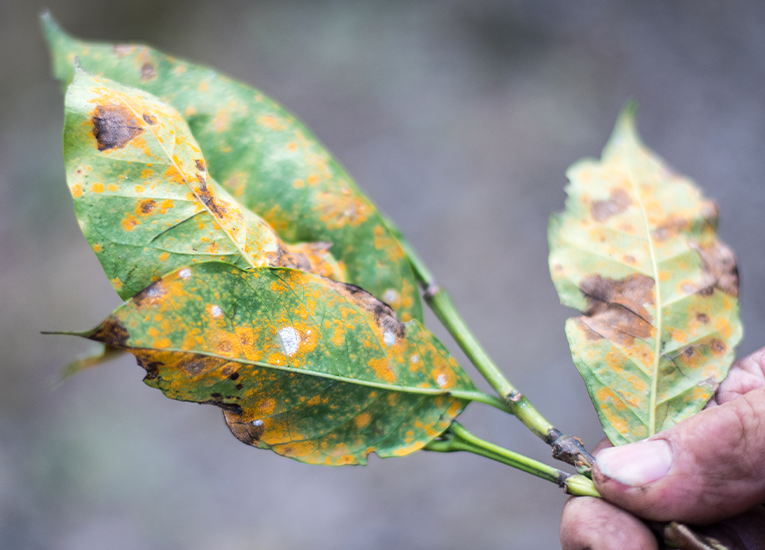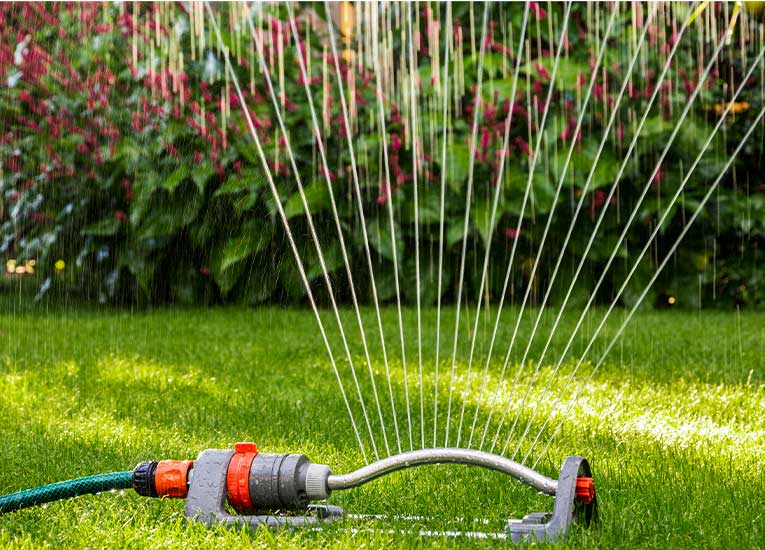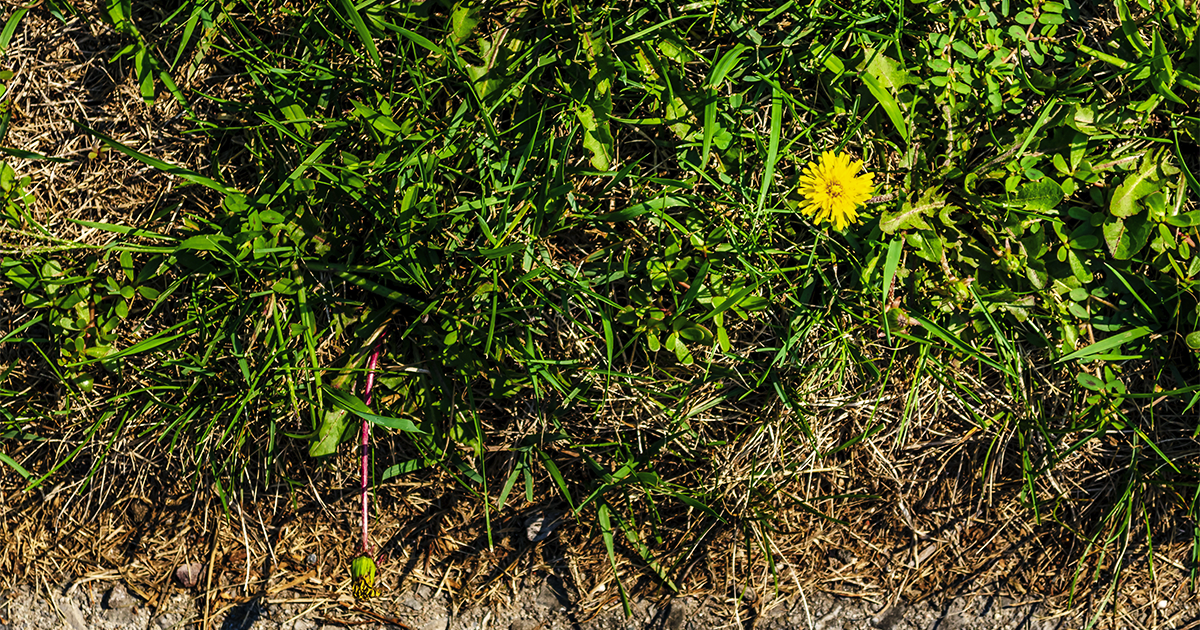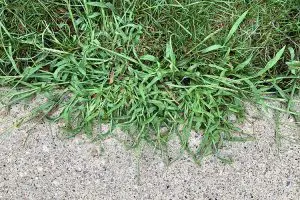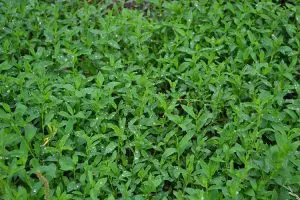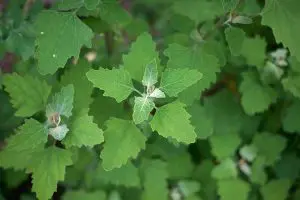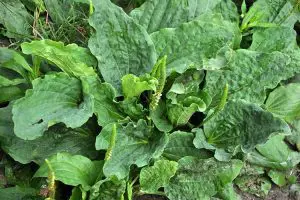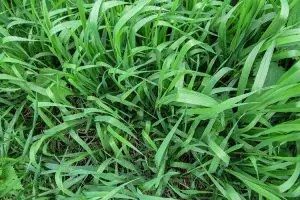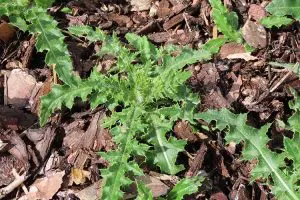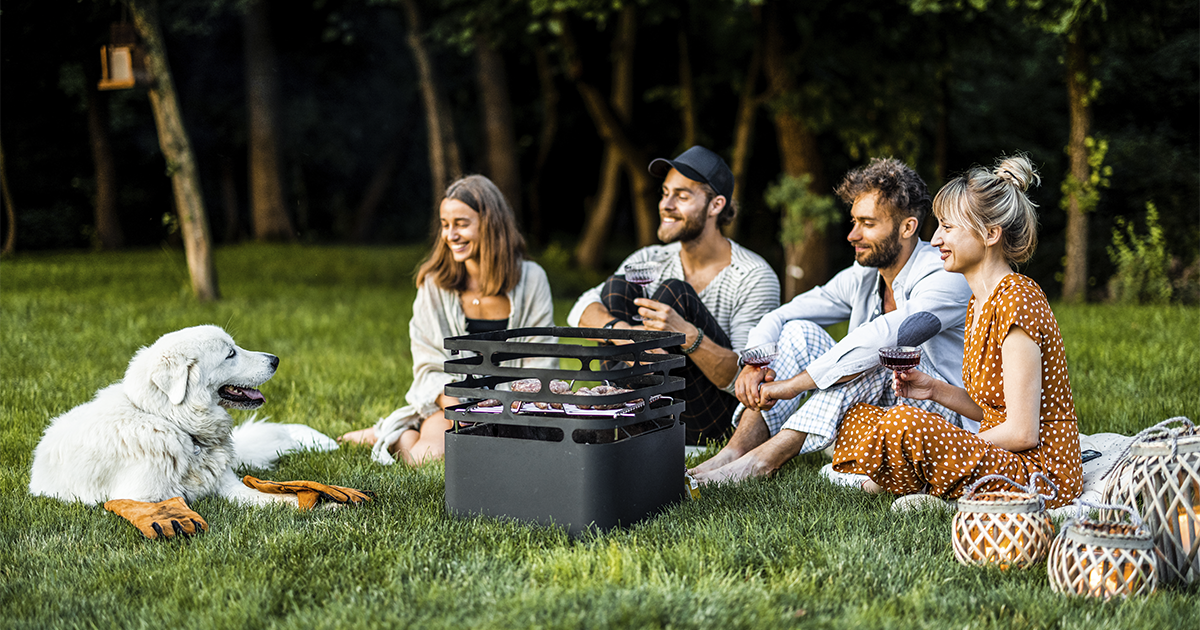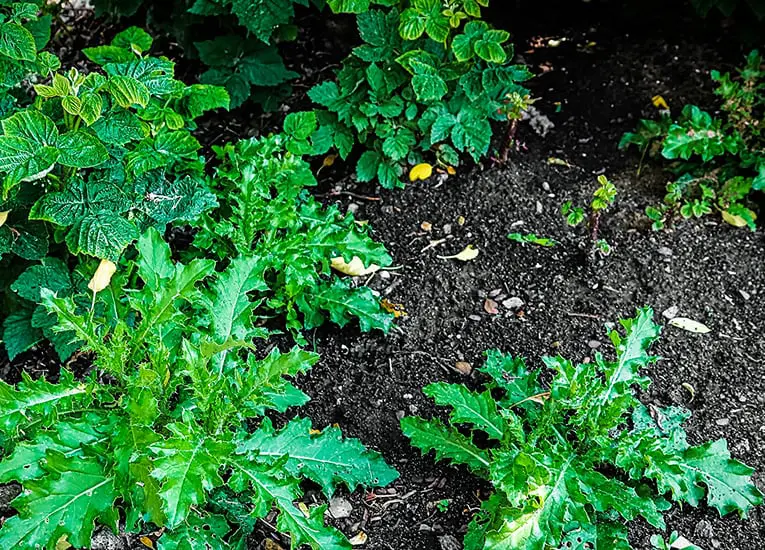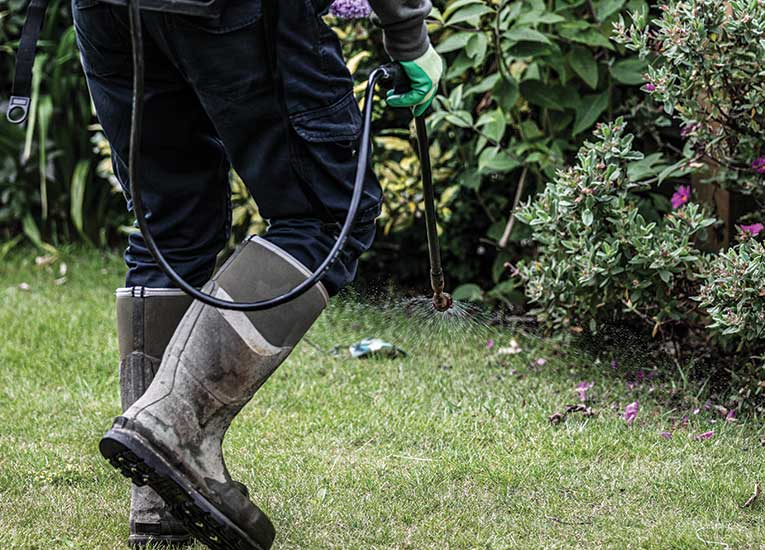The usual suspects: How to spot and stop fungal plant diseases
Keep your garden healthy by knowing what to look for—and what to do
From spots and rot to wilting flowers and unusual coloration, fungal parasites are one of the most common causes for plant diseases. With spores that spread through wind, water, and touch, it’s easy for plants to become infected, especially when a plant already has prior wounds.
But with the right knowledge and tools you can stop fungal diseases from spreading while helping nurse infected plants back to health. Here are some of the most common fungal diseases you’ll encounter and how to deal with them.
- Powdery mildew
- Black spot
- Rust
- Crown rot
- Brown patch
Powdery mildew
WHAT IS POWDERY MILDEW?
Spreading to other plants by being carried in the wind, powdery mildew leaves a white, dusty coating (think flour) on the top of leaves and stems. An infected plant’s growth will slow down, and the disease could potentially kill it. It’s a common occurrence for cucurbits, nightshades, roses, and legumes. Unlike other fungal diseases, powdery mildew thrives in dry, warm weather and doesn’t require moisture to spread.
HOW TO DEAL WITH POWDERY MILDEW
- Eliminate infected leaves to stop spores from further spreading
- Ensure better air circulation by pruning
- Spray with IKE’s Total Disease Control All-Purpose Fungicide
Black spot
WHAT IS BLACK SPOT?
A fungal disease commonly found on roses, black spot—as the name suggests—appears as black spots on the tops of leaves and then slowly turns yellow. Typically occurring when a plant is in an environment that has too much moisture, black spot doesn’t tend to kill plants; instead, it greatly weakens them and opens up the door for other diseases (such as canker diseases and winterkill) to further harm a plant. Improve the drainage around plants and remember to stay vigilant during rainfalls to slow its spread.
HOW TO DEAL WITH BLACK SPOT
- Eliminate infected leaves to stop spores from further spreading
- Reduce moisture by watering at roots instead of leaves
- Use resistant plants such as hybrid tea and floribunda roses
- Spray with IKE’s Total Disease Control All-Purpose Fungicide
Rust
WHAT IS RUST?
Caused by a fungal parasite that feeds off living plants, rust is one of the easiest diseases to spot: simply look for red and orange spots and pustules on the leaves of woody and herbaceous plants. While usually mild and rarely killing an infected plant, rust does slow overall growth. Typically occurring when there’s moisture in the air and soil, rust thrives in wet conditions and spreads via water.
HOW TO DEAL WITH RUST
- Eliminate infected leaves to stop spores from further spreading
- Ensure plants are spaced out for better air circulation
- Use resistant plants such as Russian hollyhock and figleaf hollyhock
- Spray with IKE’s Total Disease Control All-Purpose Fungicide
Crown rot
WHAT IS CROWN ROT?
Caused by a fungus that thrives in soil where there’s poor drainage and lots of moisture, crown rot attacks the root system of trees, shrubs, and ornamental plants—potentially leading to death. As the fungus affects the plant from the root up, you’ll probably become aware of crown rot when a plant begins wilting, feels stunted, or has thin and discolored foliage. If you see these signs, take a closer look at the base of the plant and its roots to see if it’s soft or brown.
HOW TO DEAL WITH CROWN ROT
- Prevention is key: use resistant plants
- Avoid excess moisture and improve drainage to stop waterlogging
- Eliminate infected plants (or bark on a tree) to stop further spread
- Spray near the root with IKE’s Total Disease Control All-Purpose Fungicide
Brown patch
WHAT IS BROWN PATCH?
Caused by several different species of fungus, brown patch can affect all types of turfgrass, especially tall fescue and perennial rye. Brown patch commonly attacks cool-season lawns during the warmer and more humid seasons (when daytime temperatures are 85 ºF or above), and it only gets worse if it’s the rainy season. Brown patch can range in size from only a few inches wide in diameter to several feet wide. It appears in circular, yellow and brown patches and can easily be mistaken for dead grass.
HOW TO DEAL WITH BROWN PATCH
- Wait it out: most lawns can recover from a minor case of brown patch with proper fall fertilization
- Avoid mowing with dull blades that leave grass blades wounded and open to infection
- Avoid watering your lawn too much: most tall fescue lawns do not need watering and can go dormant
- Spray area with IKE’s Total Disease Control All-Purpose Fungicide
